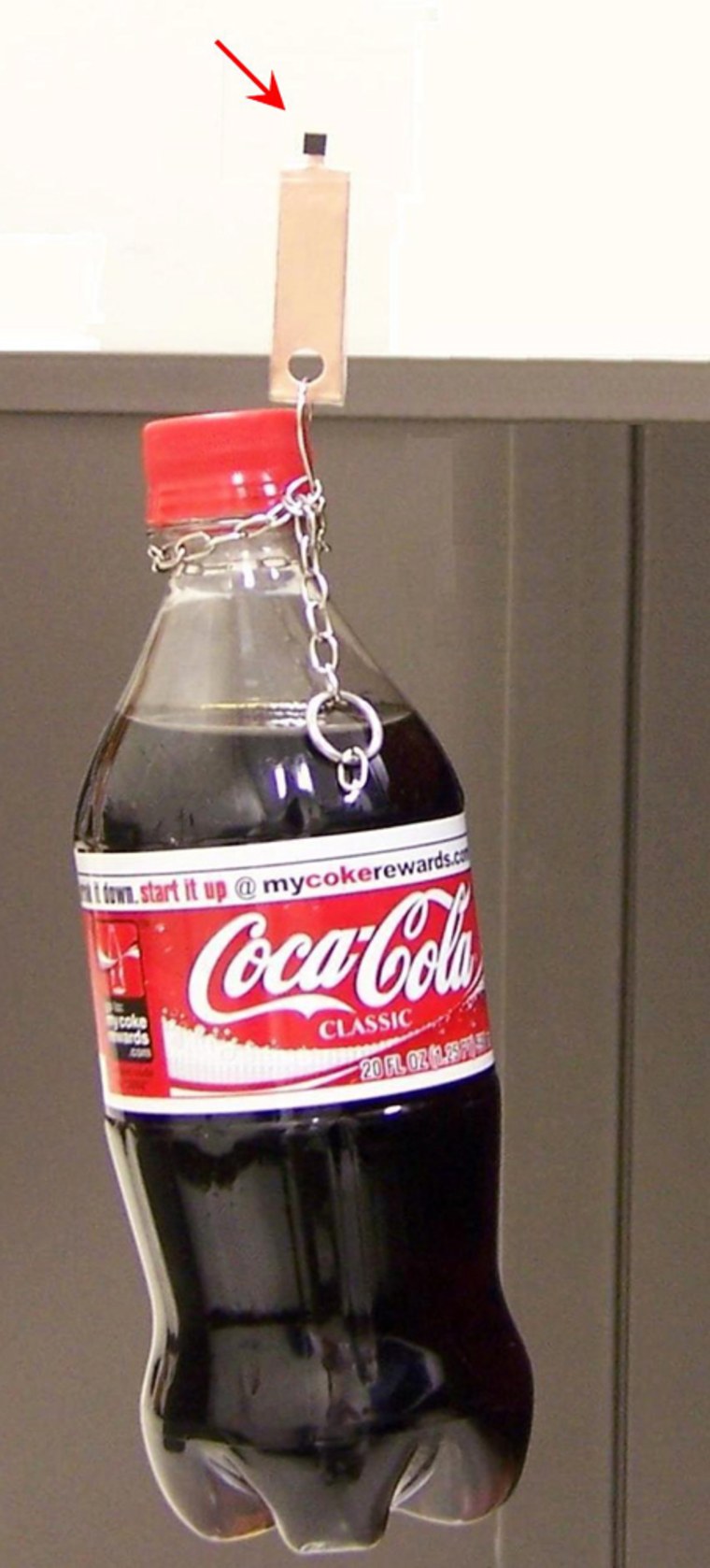A new type of dry glue designed to mimic gecko feet is 10 times stickier than the gravity-defying lizards, and three times stickier than other gecko-inspired glues, researchers said on Thursday.
“It’s the stickiest dry glue yet,” said Liming Dai of the University of Dayton, who reported on the glue in the journal Science.
A 1-inch (2.5-centimeter) square of the adhesive can support the weight of a 220-pound (100-kilogram) man climbing up a vertical surface, but it can be easily lifted and reapplied — making it the ideal material for, say, a Spider-Man suit.
“That is not real. What we do is real,” said Zhong Lin Wang of Georgia Institute of Technology in Atlanta, referring to the comic book superhero’s wall-climbing prowess.
Aside from helping people walk up walls, the glue could be used in electrical components without the need for soldering, Wang and Dai said in a telephone interview.
And because it is dry, it could be used at very low temperatures as in space, where more conventional glues lose their grip.
Like other gecko-inspired glues, the new glue uses a carpet of carbon nanotubes, thin filaments of carbon molecules. But attached to the ends of these filaments are curly strands of carbon that expand the surface area of the glue’s gripping action.
This design matches the structure of real gecko feet, which have microscopic hairs that branch off in different directions.
“Our sticky glue has a force 10 times that of gecko feet and three times more than previous sticky glues trying to mimic the gecko feet,” said Dai, who also worked with teams from the U.S. Air Force Research Laboratory near Dayton and the University of Akron to develop the glue.
Dai said the design is meant to maximize the effect of atomic-scale attractive forces known as van der Waals forces. When the curly part of the tubes are pressed onto a surface, the tubes become aligned with the surface, forming a strong bond. But, when lifted at an angle, this bond is broken.
Wang uses the analogy of having a foot stuck in mud. If you pull straight up, the foot stays stuck, but if you slowly peel the foot away, the bond is broken.
